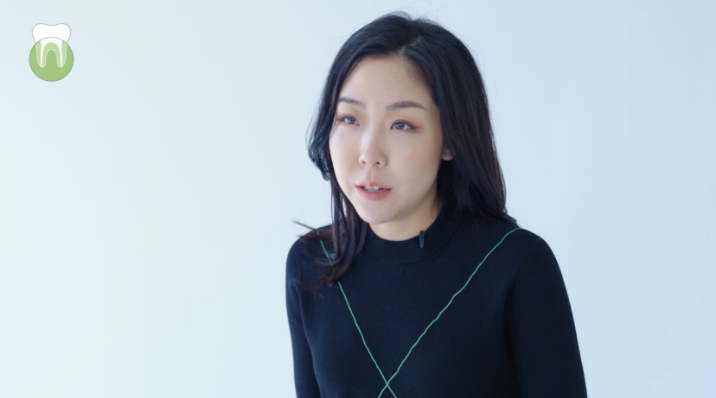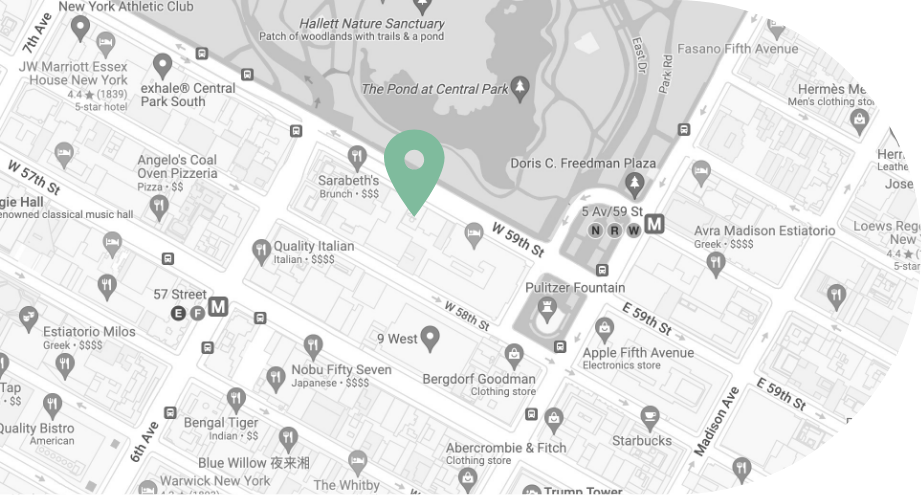Why might I need root canal retreatment?
We want to see a tooth with a previous root canal treatment last a lifetime. However, sometimes, the original root canal treatment fails due to:
- Reinjury or a new crack and fracture in the treated tooth
- New or persistent infection or decay
- Poor oral hygiene
- A cracked or loose crown or other dental restorations
- Periodontal disease that affects the gum and the bone surrounding the treated tooth
Luckily, root canal retreatment may be able to support healing and save your tooth. If you have discomfort or pain in a tooth that has been previously treated with root canal therapy, it may be time to make an appointment with NYC Board Certified Endodontist, Dr. Jamie Y. Lee at New York Endodontics Studio to have your tooth evaluated.
How do I know my root canal may need to be retreated?
Symptoms of a failed root canal may manifest in the treated tooth as:
- Pain, discomfort or throbbing
- Pain when biting down
- You have a damaged tooth or if the tooth never received the permanent restoration after the first root canal treatment was completed
- You have swollen or tender gums
- Pus or white or red bubbles forming on the gums around a treated tooth
At New York Endodontics Studio, Dr. Lee uses state-of-the-art 3D Imaging and a Surgical Operating Microscope to determine if your root canal has failed and why it has failed. To offer the best and most convenient care to our patients, our practice has this equipment at all three locations, eliminating the need to send patients elsewhere.
What happens during root canal retreatment?
The root canal retreatment begins with administering local anesthetics. We also offer nitrous oxide gas, a mild sedative, to help with anxiety if patients are feeling nervous about the procedure.
Using a Surgical Operating Microscope for the utmost precision, our team will access the infected area by removing the filling materials, or through your crown and the previously-placed root canal. Then we will re-do the root canal treatments and re-disinfect the root structure. After that, the roots will be reshaped and packed with biocompatible root fill material to prevent new bacteria introduction. Lastly, a temporary protective filling material is placed onto the tooth. The procedure generally requires 1-2 visits, which is determined by the amount of inflammation and infection, the intensity of pre-existing pain, and the complexity of the treatment.
My tooth is discolored. What can be done?
Sometimes a tooth that requires root canal treatment is discolored from the infection or trauma. Because the discoloration is on the inside of the tooth instead of on the enamel, traditional whitening treatments will not be effective.
Your NYC endodontist, Dr. Jamie Lee, may be able to restore the color of your tooth with internal bleaching during the root canal therapy process. In contrast to traditional tooth whitening treatments, where whitening agents are applied to the outside of the tooth, internal bleaching is completed from the inside out.
Benefits of Internal Bleaching:
- It is a safe treatment that provides predictable whitening results, even on a dark tooth
- The procedure can be completed during the root canal treatment
- Unlike implants, veneers and crowns, internal tooth whitening conserves the tooth structure
If you are experiencing any of the above symptoms on a tooth that has been previously treated with root canal therapy, make an APPOINTMENT at New York Endodontics Studio, located in Midtown and Lower Manhattan as well as Central Park South, for an evaluation to determine the cause of your discomfort and a plan for treatment. You can also CALL US NOW.
NYC's Best Endodontic Care in Lower Manhattan, Midtown East and Central Park South
Book an appointmentBook your appointment today!
- CALL 917-565-0302
- EMAIL info@NYEndoStudio.com
-
Hours
MonDAY through FRIDAY
9:00am-6:00pm






